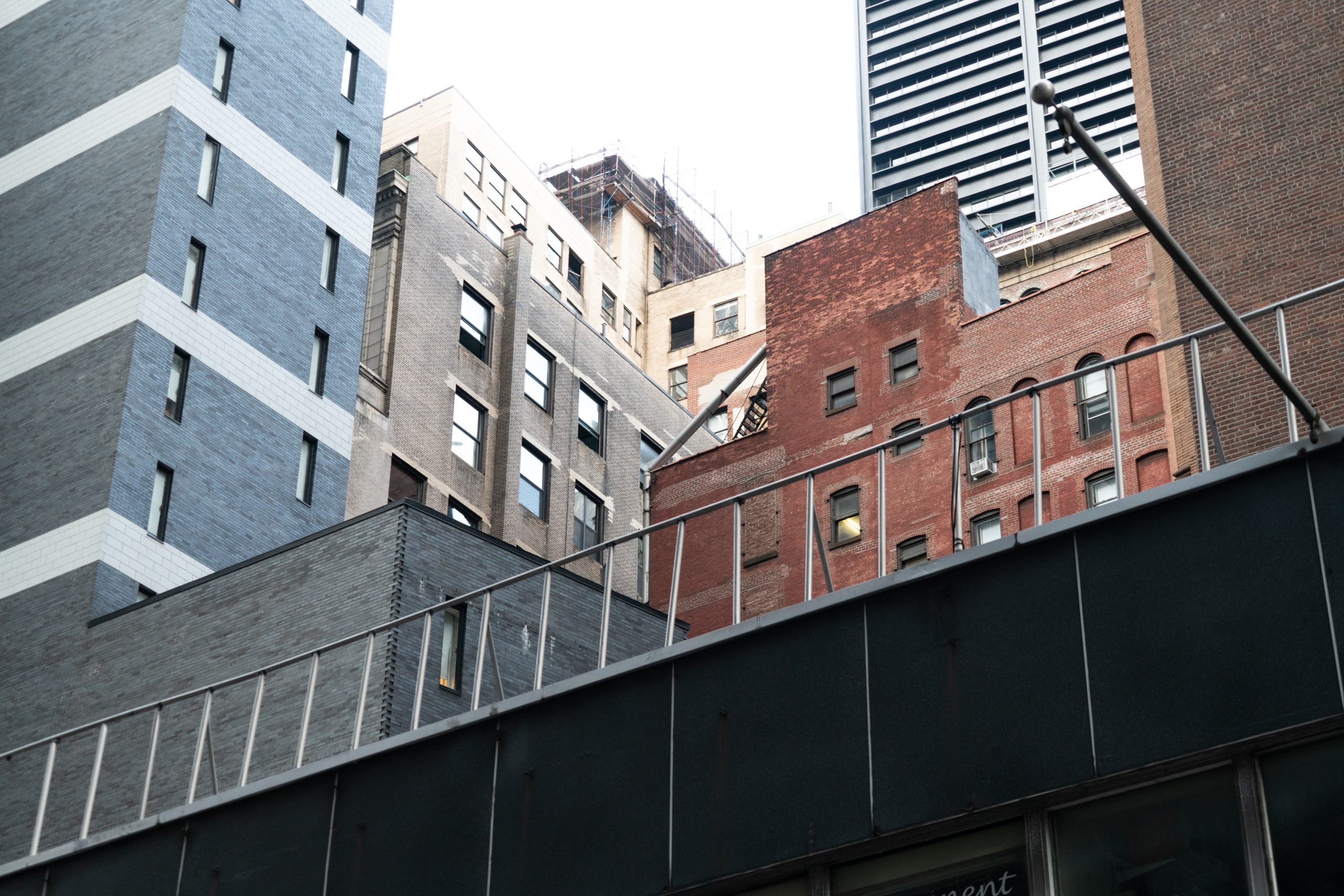It Is the Lives of the Illegal Subtenants That Are Often the Most Impacted By Non-Primary Residence Cases
August 12, 2018
This is a story about another non-primary residence case. In this one, we represented the landlord. The apartment was no longer tenant’s primary residence. Tenant was living and working, very publically (tenant was a performance artists) in another state. [1]Tenant had simultaneously sublet the unit to three different people.
The notice of non-renewal we prepared and served was eight pages long. It included: press articles about the tenant’s work in the other state; anticipated testimony of the managing agent about her observations (she was in the 12-unit building 5 to 7 days per week); the results of a private investigator’s report (demonstrating that tenant had moved her driver’s license to and voted in another state); the post-mark on the monthly rent payment that always came from the other state; evidence from tenant’s public social media showing that tenant was embracing the other state as home; and, of course, the camera data (we never do one of these cases without a camera). The camera showed that the tenant was never at the apartment and showed the three illegal subtenants coming and going daily. My notice included stills from the footage of the subtenants. Unfortunately for the subs, there was also evidence that tenant was grossly overcharging them and, thus, profiteering on the apartment. Once the tenant received the non-renewal notice, she very quickly realized that she needed to hand in the keys, and did so without the landlord needing to resort to expensive litigation. We saw footage on the camera in the ensuing month of all three subtenants moving out.
It is not often written about or focused on, but the illegal subtenants in these non-primary residence situations are so often the biggest victims. Certainly, the landlord is a being cheated by the non-primary resident tenant. Of course, the people of the City of New York, which is in need of affordable housing, are also being cheated by the non-primary residence tenant. It is the lives of the illegal subtenants, however, that are often the most impacted. First, they find themselves suddenly faced with either having to move quickly or to being named as a respondent in a Housing Court lawsuit. Second, they are often chagrined to find out how much of a mark-up the non-primary resident tenant was making on them. The sub-rent is often at or near market, while the Rent Stabilized rent paid by the tenant is far below market.
In my practice, I have often been consulted by and represented the illegal sub-tenants in non-primary residence and illegal Airbnb cases. When I do so, the goal is to transition the sub out as easily as possible, or if possible, to negotiate with landlord for a way for them to remain, and to attempt to recover any overcharge the sub has paid to the non-primary resident tenant.
Respectfully submitted,






